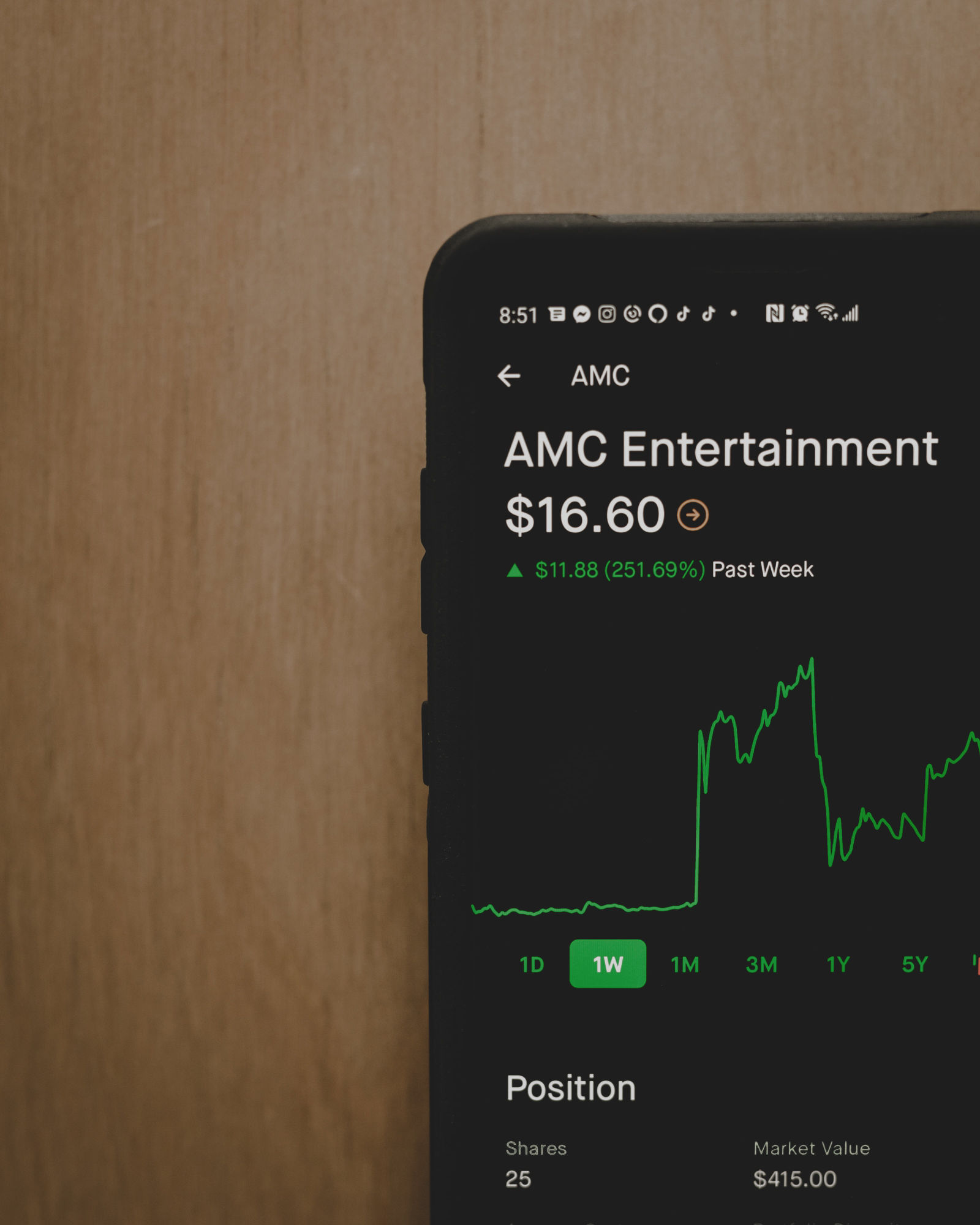[pods name=”webinar_bar” slug=”col1″ template=”Webinar bar col 1″]
Portfolio Risk Analytics Solutions
Optimize your investment portfolio strategy with a comprehensive view of risk and return
[pods name=”webinar_bar” slug=”col2″ template=”Webinar bar col 2″]
[pods name=”webinar_bar” slug=”col3″ template=”Webinar bar col 3″]
From data to decision, and everywhere in between
Determination of the appropriate level of risk for a client is driven by personal data, such as age, income, investment goals, liquidity needs, time horizon, and personality. To optimize the portfolio to yield the best returns at the desired risk level, deeper analysis of performance data is required.
Actionable insights to manage risk at every stage of the portfolio lifecycle.
Evaluate performance to identify holdings with the best risk/return tradeoff that contributed the most to your portfolio.
Monitor real-time performance, including how market conditions or breaking news impact key metrics
Robust data analytics assess risk and extract actionable, insights that drive decisions throughout the portfolio lifecycle
Utilize scenario analysis and stress tests to understand the real, potential impacts from risk on your portfolio
Use predictive analytics to perform trade simulations and apply multiple strategies to optimize portfolio risk.
Comply with Regulation Best Interest using anomaly detection to identify changes in portfolio risk level, then adjust to realign with client’s risk profile.
Portfolio Analytics
Key features and functions
Interactive Analytics
Evaluate risk characteristics using both time series and point-in-time analyses, and stress test portfolios using historical events and other triggers.
Performance Attribution
Use performance attribution to pinpoint the key sources of return over time.
Visualization
Data visualizations deliver powerful insights instantaneously in user-friendly formats that make it easy to digest large datasets and identify patterns or anomalies that drive decisions.
Reporting
Automated report generation makes it easy to ensure reports are consistent and accurate and is essential for those managing multiple or sizable portfolios.
Single Source of Truth
Seamless integration of third-party systems and other data sources will serve to break down information silos within the organization and will help to ensure all parties are working with current, accurate data.
Modernized Infrastructure
Financial services firms should take the earliest opportunity to migrate core analytics calculations to the cloud, which delivers immediate impact and will enhance speed, efficiency, and scalability.

Case Study
The client was challenged with the need to provide a significantly improved user experience and feature set. Excellarate built the Risk Management Reporting Tool & Compliance Dashboard with the following features:
- Highly interactive & responsive design
- Multi-level, role-based user authentication and authorization
- Advisors can visually examine risks associated with client accounts and generate reports in various formats
- Ability to set alerts for risk events
- Actionable compliance dashboard with drill-down capability to facilitate streamlined portfolio risk alignment & intuitive compliance oversight
- Customizable SSO (Single Sign-On) to support seamless integration with 3rd party clients
Trending Topics













